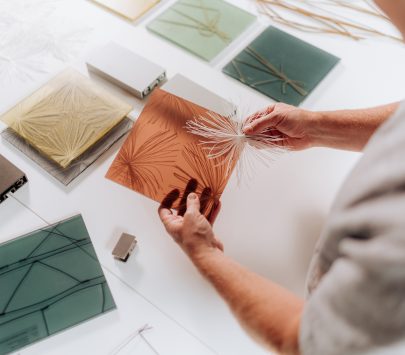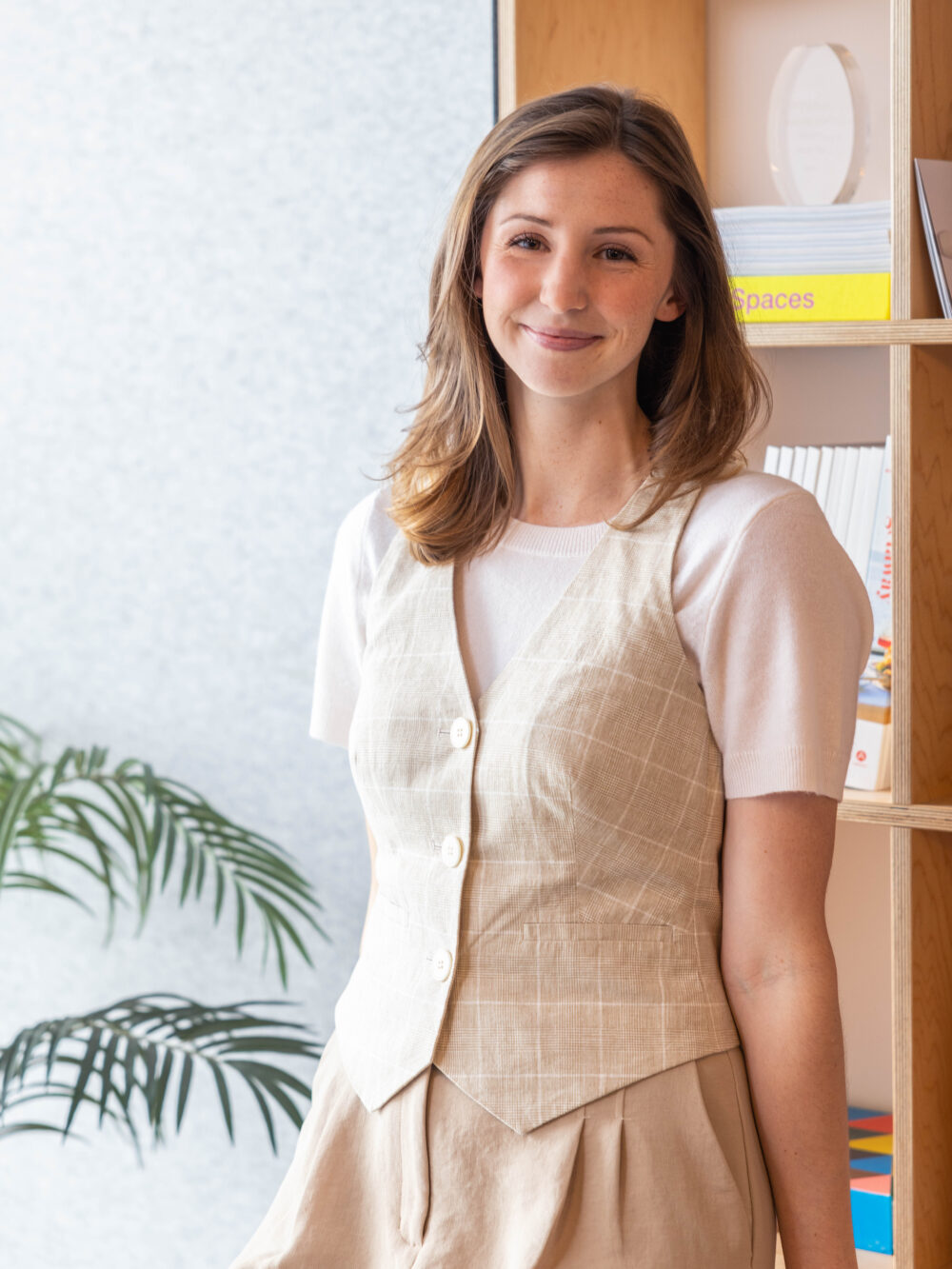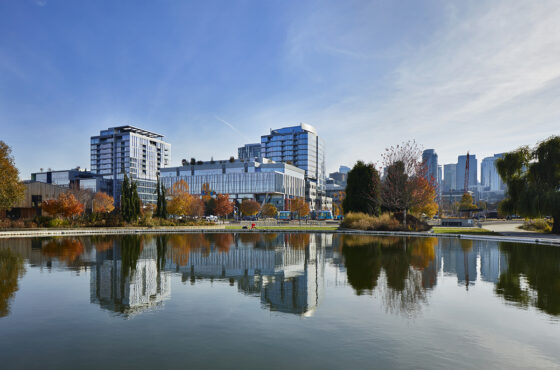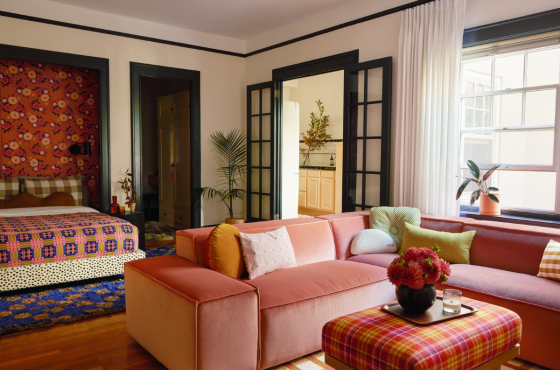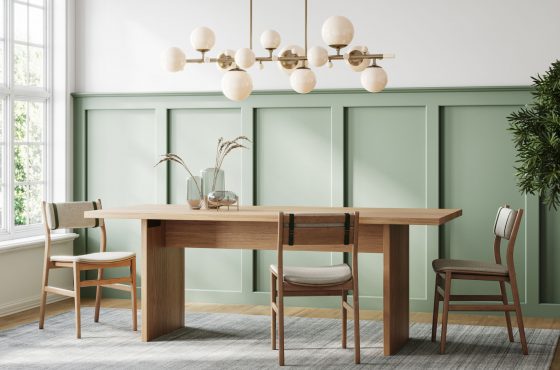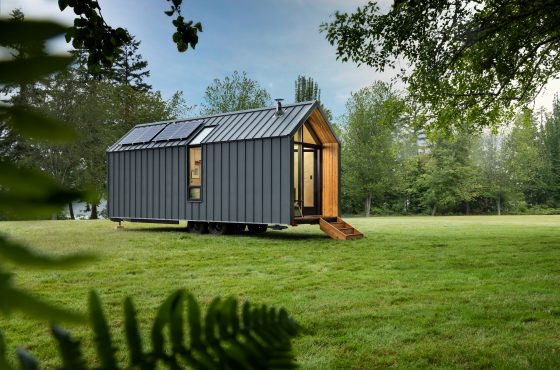At first glance, Japan and Scandinavia may not seem the most obvious pairing. Thousands of miles apart, they differ vastly in climate and culture. Yet a fusion of Japanese and Scandi design aesthetics (dubbed Japandi) is on the rise. Spawning boutiques, blogs and inspiring home designs, it’s safe to say Japandi has put down roots in Seattle.
In oversimplified movie-pitch parlance, we’d say Japandi is hygge (the Scandinavian cultivation of comfort and contentment) meets wabi-sabi (a Japanese spiritual doctrine also used to mean the embrace of imperfection in art). While recently popular on social media, Japandi’s roots reach back more than a hundred years to when Japan opened its borders to European travelers, including Scandinavians.
Throughlines in Scandinavian and Japanese design include clean lines, a strong connection to nature, minimalism and a dedication to craftsmanship.
Thomas Schaer of SHED Architecture + Design believes the Japanese architectural influence is especially strong here.
“At this point, it’s really intertwined with what a beautiful modern Northwestern house is,” says Schaer, noting that iconic local architects like Gene Zema and Albert Bumgardner appreciated Japanese design.
“Portland and Seattle both have notable Japanese gardens that give people an opportunity to soak up this aesthetic,” he says. Schaer sees an affinity between midcentury modern home style and Japanese, both in post-and-beam construction and the use of glass to maximize light.
At the same time, he says, “When I’ve been in Scandinavia, every café you walk into, you’re like, ‘Why does it look so easy’? Their designs feel really good but are not crying out for attention.”
Compared to conventional design, clients drawn to Japandi appreciate a “timeless sensibility,” he says. “There’s a sense of utility and economy in these Japanese and Scandinavian examples, of a more humble idea of what a house is meant to represent rather than representing you or the power you have.”
There’s a sense of letting the design’s materials and strong lines speak without excess embellishment. Schaer’s designs (which include Zema and Bumgardner redesigns) may incorporate Japanese structural elements like an engawa, a transitional attached porch, or a genkan, a sunken platform for shoes at the entry, or courtyards linking exterior to interior.
Nahoko Ueda, principal architect of Ueda Design Studio, also highlights common threads between the two styles. She appreciates each culture’s woodworking as functional art. “I think both regions have lots of wood major materials for construction and appreciate simple lines,” she says.
A modernist at heart, Ueda was surprised to see how aligned her style was with this thing she began hearing about called Japandi.
“I was like, ‘OK, that matches my aesthetic.’ My roots are from Japan, and I do modern design. I borrow some traditional Japanese architecture ideas into my designs,” she says. “I’m pretty minimalist, but still I like to make it really comfortable, often with lighter colors.”
While she shies away from using the term wabi-sabi because of its spiritual connotations, she agrees that devotion to the materials is a key concept.
“In cooking, we appreciate the real flavor coming from the ingredients. It’s the same thing for Japanese designs; we like to appreciate the richness of the materials. Just let the material be,” says Ueda.
Whatever you call it, “It’s clear those Japanese and Scandinavian modern design work well together. That look is here to stay,” she says.
Seattle blog “simpledesignlife” offers design tips and scouts affordable products that deliver on this style. Its author, Karen H. [last name withheld for privacy] writes, “Japandi hinges on simplicity as its core value that blends nature, function and craft.”
Artisanal décor and craftsmanship can be understandably expensive, Karen notes. With a practiced eye, you can find furniture and décor online at Amazon, or locally at consignment shops, Fred Meyer or Target, and specialty boutiques like Woodland Mod in Fremont or Digs in Ballard.
When she and her husband Calvin W. began renovating their first home in 2018, a midcentury modern fixer upper, Karen noticed Japandi popping up on all her Pinterest favorites, crystallizing her vision. Her husband’s construction allowed them to do most of the work themselves. They removed a wall to create an open floor plan, using repetition and organization to create rhythm. Pale oak contrasts with gray and black accents throughout. Karen designed an accent wall treatment in the living room, a chevron-esque pattern made of wood trim, painted white on white.
If people could only do one thing, she says, it would be to add a large window or two to bring the outside in. After that, it’s about curating your space to find items you love that complement their surroundings.
“I’ve been very purposeful of what I put on display,” she says, whether it’s an Eames bird statue replica in the living room or wool dryer balls in a glass jar in the laundry area. She is just as careful to find storage for things she finds less beautiful, like shampoo bottles or her Instant Pot.
The theme runs from the front door, a fiberglass wood look-alike with horizontal details and an extra-long black handle, to the backyard, where a modern pergola faces a pine tree with a twisted double trunk. (She thinks it was a former owner’s bonsai that grew to mature size.)
For Karen, the reward of creating a home with such a strong palette and organization is serenity. “I feel contentment to have this space. I feel at peace when at home,” she says. Since renovating, the couple has a toddler son who has added new decorating opportunities along with a little chaos and a lot of joy.
Inspiration and resources
SHED Architecture
shedbuilt.com
1401 S Jackson St., Seattle
Ueda Design Studio
uedads.com
4022 Stone Way N. Unit 100, Seattle
Woodland Mod
woodlandmod.com
5330 Ballard Ave. NW, Seattle
Japanese and Scandinavian home and design goods store promising a “hygge-filled experience.”
Digs
digsshowroom.com
2002 NW Market Street, Seattle
A source of curated, modern home Japandi décor.
Tacoma Furniture Store
tacomafurniturestore.com
Features a page of Japandi-influenced furniture and design groupings.
Simpledesignlife (blog)
simpledesignlife.com











